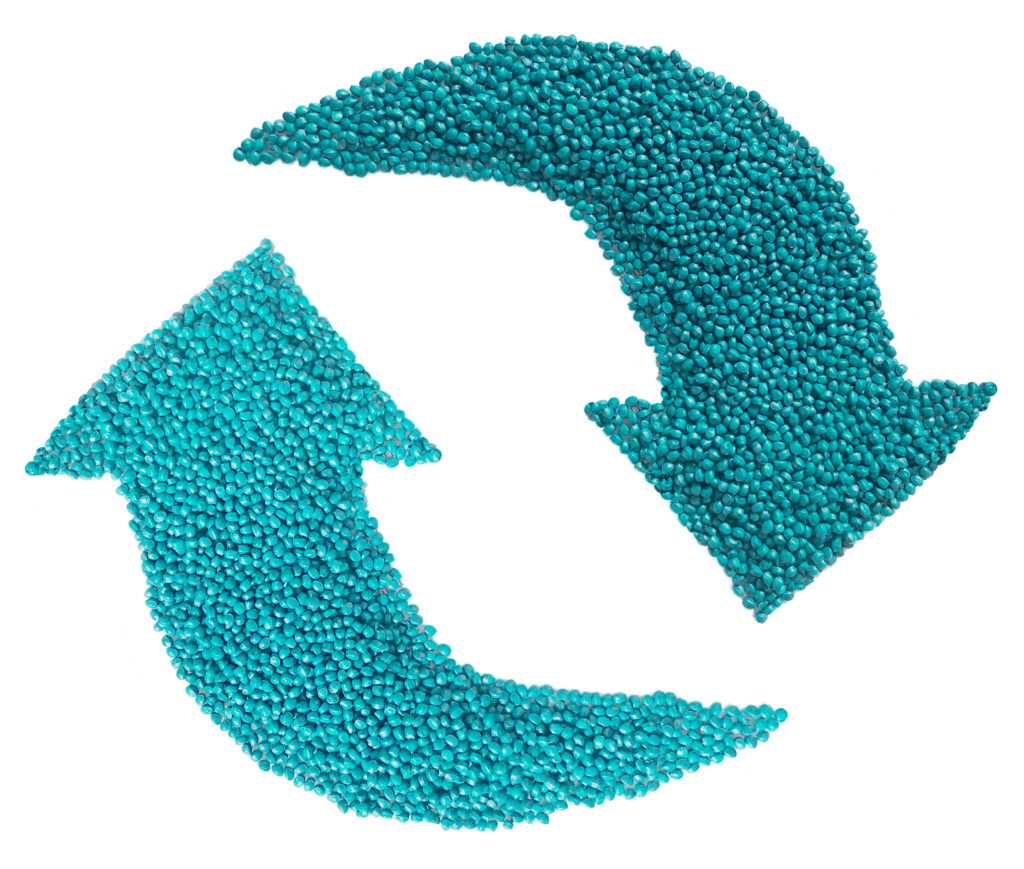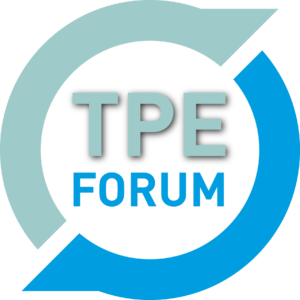Hexpol TPE announced that they will present their offering at K 2019 under the banner “Soft / Safe / Sustainable”. Among the highlights will be the launch of a family of TPE with recycled content. Hexpol TPE will market the new TPE family under the name Dryflex Circular.
Kirsty Wood, Development Technologist and Sustainability Lead at Hexpol TPE’s UK site, commented: “There’s a shift occurring in the polymer industry, we’re all becoming more conscious of the impact our products and operations are having on the environment. Consumers are more aware than ever of what happens to plastic products once they’ve finished using them, whether that’s recycling, incineration, landfill or even marine littering. We’ve noticed an increase in enquiries for recycled materials that support a circular economy model as our customers have more demanding ‘green’ goals to meet and an increased sense of responsibility to use compounds with lower environmental impact. We share that feeling of responsibility and are pleased to present our growing range of TPEs with recycled content.”
The Dryflex Circular range is structured into different series based on the recyclate source, this is to help give clarity about material origins. Currently there are series based on the following sources, as defined by ISO 14021:2016:
Post Industrial Recyclate (PIR) (can also be referred to as Pre Consumer)
Material diverted from the waste stream during a manufacturing process. Excluded is reutilisation of materials such as rework, regrind or scrap generated in a process and capable of being reclaimed within the same process that generated it.
Post Consumer Recyclate (PCR)
Material generated by households or by commercial, industrial and institutional facilities in their role as end-users of the product which can no longer be used for its intended purpose.

Dryflex Circular TPEs are available in a range of hardnesses from 40 Shore A, with recycled content up to around 80 % by weight (calculation as defined in ISO 15343). Dryflex Circular compounds are produced under the ISO 9001 and ISO 14001 standards and all compounds are RoHS, REACH and SVHC compliant.
Speaking of the development, Klas Dannäs, Global R&D Manager Hexpol TPE added, “Our first compounds based on recycled content were sold in 2005. These were originally developed to address demands in the automotive industry, which was obliged to use increasing quantities of recyclate and operate under the EU ELV (End of Life Vehicle) Directive. The plastics and recycling industries have changed greatly during this time, to meet changing demands we’ve created the Dryflex Circular TPE portfolio. The new formulations include grades based on a range of recyclate sources, and we’re investigating emerging technologies. This is widening the possibilities for our customers and enabling the shift to a more circular plastics industry”.
The Dryflex PCR grades are currently only available in black. They are targeted to automotive exteriors such as mudflaps, side-steps and wheel-arch liners. These grades can also be used for outdoor equipment such as lawnmower wheels or safety barriers. The Dryflex PIR grades are available in a natural colour, giving additional design possibilities. They are targeted to consumer goods, sports equipment, footwear, household and automotive applications.
The recyclate source for the Dryflex PCR grades includes recycled PP from end of life vehicles, including automotive interior and exterior applications (tab. 1).
Tab. 1: Examples of PCR-based grades
| Grade | Hardness | Density | Recycled content | Tensile strength | Colour |
| Test method | ISO 8681 | ISO 2781 | ISO 153432 | ISO 37 Type 1 | |
| Units | Shore A | g/cm3 | % | MPa | |
| Dryflex PCR 50A141B U | 50 | 0.91 | 14 | 5.2 | Black |
| Dryflex PCR 90A491B U | 90 | 0.93 | 49 | 6.0 | Black |
| Dryflex PCR 50A101B U | 50 | 1.1 | 10 | 5.6 | Black |
| Dryflex PCR 90A371B U | 90 | 1.1 | 37 | 6.5 | Black |
1 after 15 s 2calculation as defined in ISO 15343 section 4
The recyclate source for the Dryflex PIR grades includes material diverted from the waste stream during the manufacturing of consumer, construction and household applications including baby products (tab. 2).
Tab. 2: Examples of PIR-based grades
| Grade | Hardness | Density | Recycled content | Tensile strength | Colour |
| Test method | ISO 8681 | ISO 2781 | ISO 153432 | ISO 37 Type 1 | |
| Units | Shore A | g/cm3 | % | MPa | |
| Dryflex PIR 50A231N U | 50 | 0.89 | 23 | 3.0 | Natural |
| Dryflex PIR 70A321N U | 70 | 1.00 | 32 | 3.2 | Natural |
| Dryflex PIR 93A621N U | 93 | 0.98 | 62 | 9.1 | Natural |
1 after 15 s 2calculation as defined in ISO 15343 section 4
Dannäs concluded “More and more companies are turning to us for our experience in sustainable materials, including our Dryflex Green ‘soft plastics from plants’ and the new Dryflex Circular compounds with recycled content. This is a real area of expertise for Hexpol TPE and one we’re passionate about”.
Hexpol TPE at K 2019, hall 8a, stand H18
